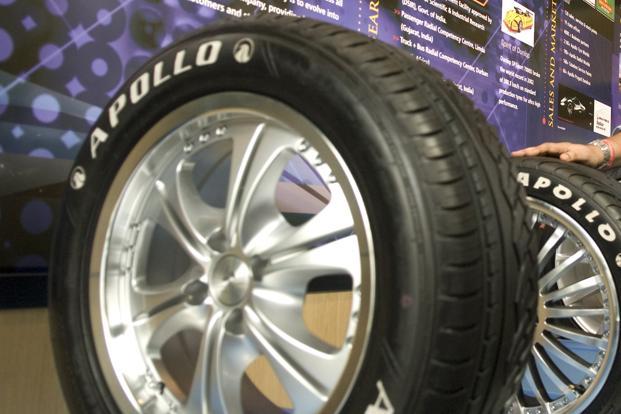
The Sunday News

We are enjoying the greenery, the rains, the cool weather and summer as we know it. The rains are very welcome but there is only one problem with the rain . . . maybe two problems . . . bad roads and confused drivers.
Every time the rains come down, drivers suddenly get confused and somehow I get the idea that most of the drivers do not know what to do or how to drive in the rain. We all want to get home quick after work, its rush hour and the rains just make everything difficult. Now, there are a few tricks we can all exercise to keep safe in wet weather.
Go slow — forget what you see on tv or on the race track, drive at 10km/hr if you have to. If you go faster than your tyres can scatter the water on the road, you will experience hydroplaning and when that happens, you lose traction and eventually lose control of the car, believe me you, it is not a nice feeling being unable to control a car.
They say time is money but imagine going too fast and failing to stop . . . then bumping someone else’s precious car . . . time is money right? Mmm, think about it.
Visibility is everything — In wet weather make sure you can see and make sure you are also visible to others. Driving in the rain is dangerous and therefore extra care is necessary when driving in wet weather conditions. Switch on your fog lights or park lights so that other drivers can see you easily. Clean windows always help improve visibility so keep your windows clean.
The air-conditioner in your car isn’t there to keep you cool in the heat and warm in the cold only — it’s also a safety feature. In wet weather, windows fog up and make it hard for the driver to see. The air-conditioner does a great job at defogging the windows — make use of it and keep safe.
Drive well — its good to understand the relationship between tyres and the road. When its wet, it’s not just water on the road, you have a mixture of all kinds of liquids from leaking engines, transmissions, steering racks, radiators etc.
We end up having a very greasy liquid that makes it even harder to drive. Keep a distance of 3 or more cars so you don’t have to slam the brakes every time the driver in front of you slows down. Slamming the brakes is also dangerous and can easily set you off into a slide . . . remember the roads are very slippery when wet so there’s need for extra caution when driving.
When I say drive well, you may also want to look out for potholes the size of craters.
Most of them will be covered in water you won’t even see them. I hit one big one that hurt my soul and had me looking for a replacement tyre. So drive well, besides safety, it might also save you some pennies. Again, do not slam on brakes when you suddenly see one and you going too fast for it. You might trigger an avalanche, which you won’t recover from.
It’s easy to set off a car into a slide in the rains and the most important thing to do when that happens is to correct the slide before hitting the next car or ploughing into other obstacles. Its hard to explain, without the practicals, the process of correcting a slide. However, the correct way to correct a slide or skid is to counter steer, meaning if your car is pointing to the left and you want to go the other way you steer in the opposite direction of the slide.
It sounds easier on paper, but it needs a lot of practice to actually get it right. Rally drivers do it for breakfast lunch and supper but they are just show offs and we are not talking about them. Some of them can even get back control of a car that’ s going in circles and that takes years of practice.
In some cases however, some clever cars nowadays have some magical trickery called traction control that somehow prevents a car from sliding and even if it does slide somehow it corrects itself before you even realise your car is about to skid . . . clever right? What it actually does is that it prevents the tyres from spinning without traction and to me that is clever, it’s clever for all reasons relating to safety, especially is wet weather.
It would be foolish (excuse me for saying foolish) to try to cross a flooded river, especially on those strip bridges we have in most of our remote areas.
Cars have been washed away because these rivers usually have enough current and weight to push even a bus off its course. Its wiser to wait out the flood than risking crossing.
Always remember then that traction is everything — once you lose it you, you may never get it back. Steer safe!
[email protected] www.facebook.com/automartzimbabwe




